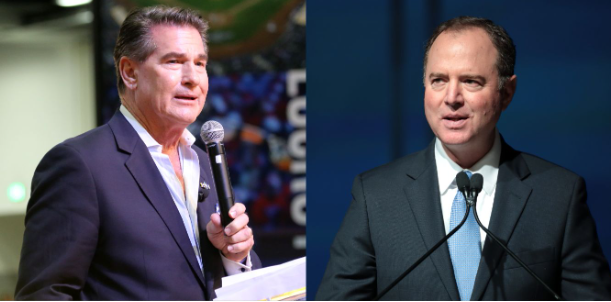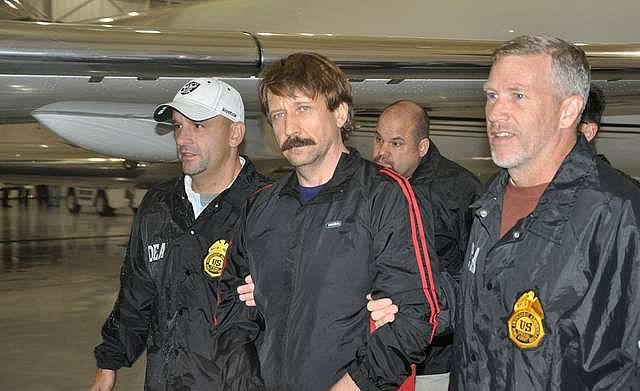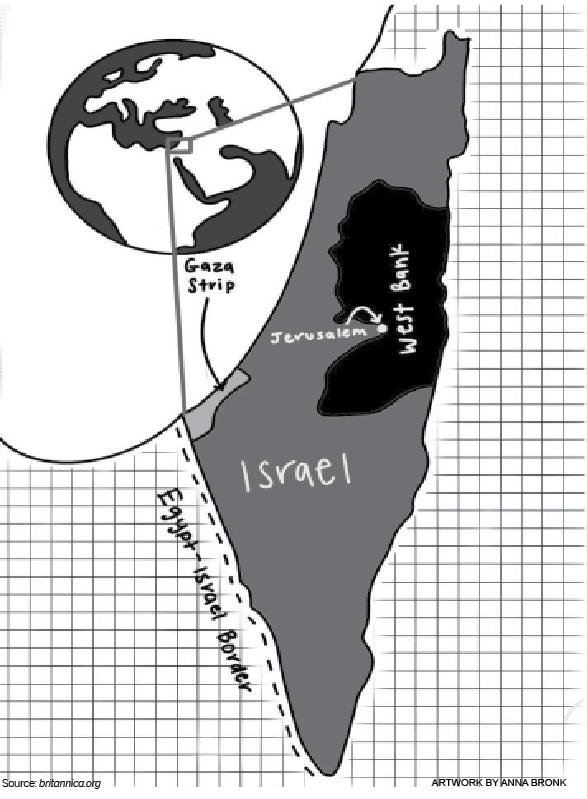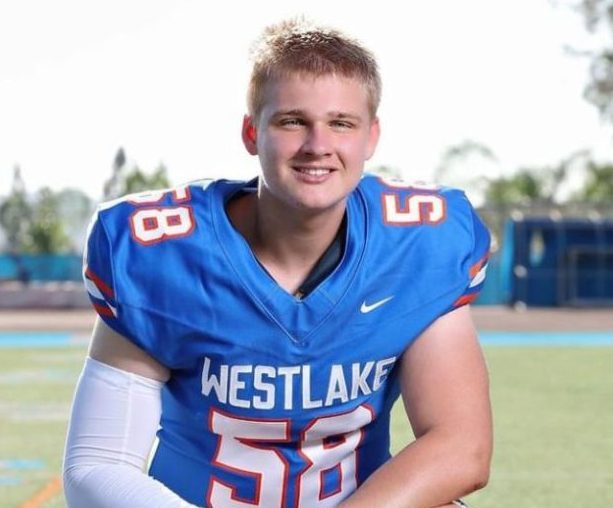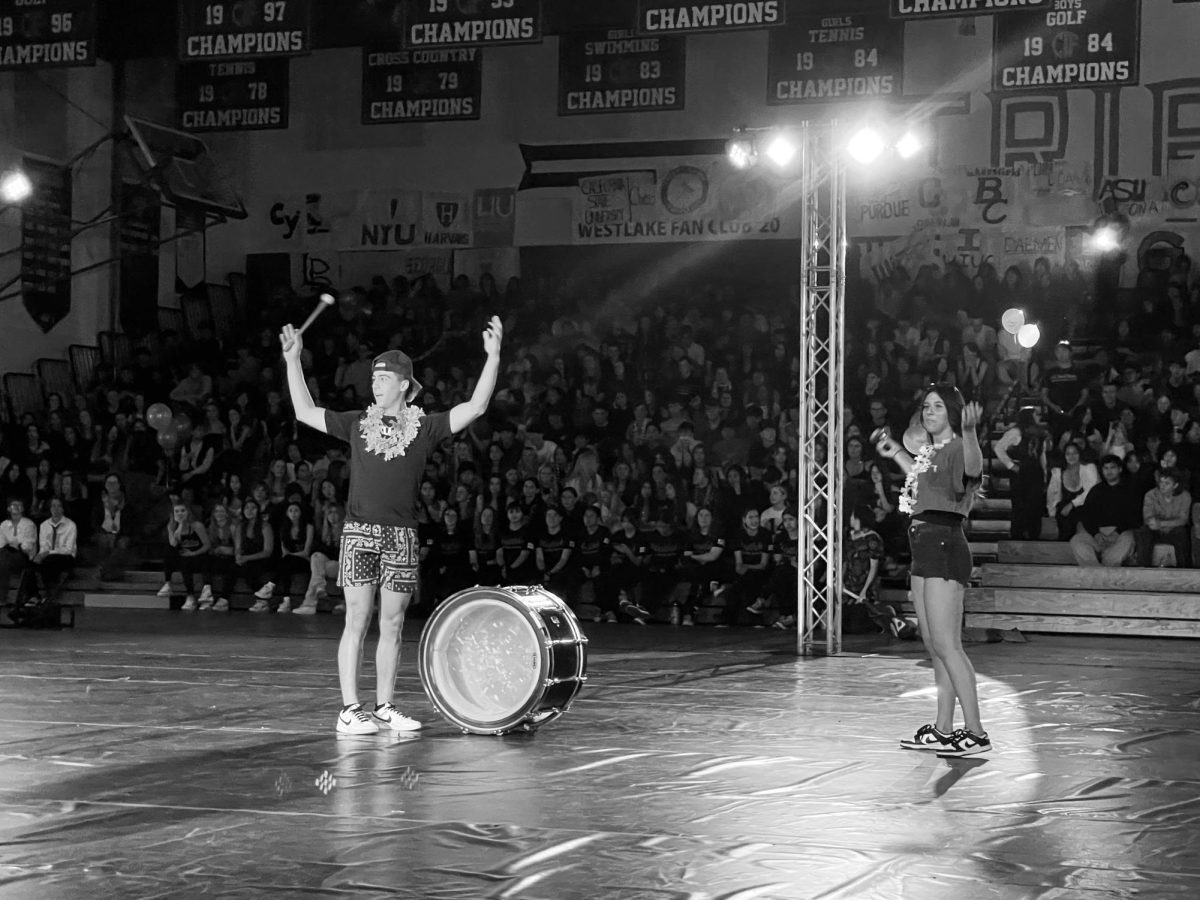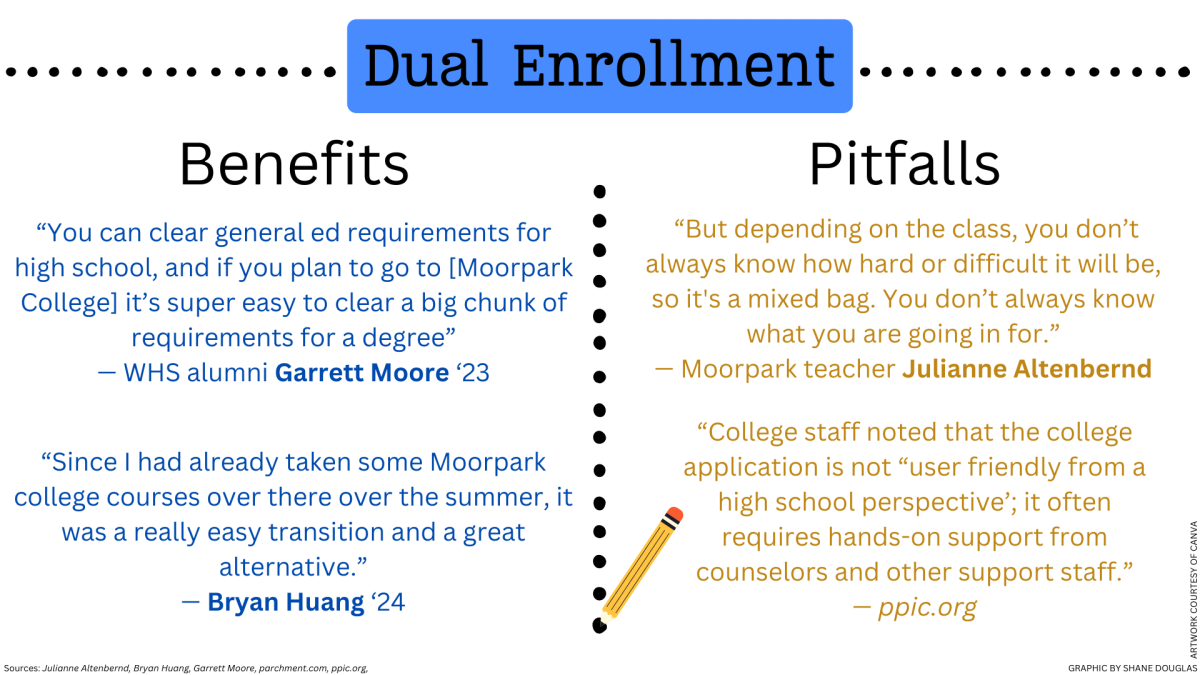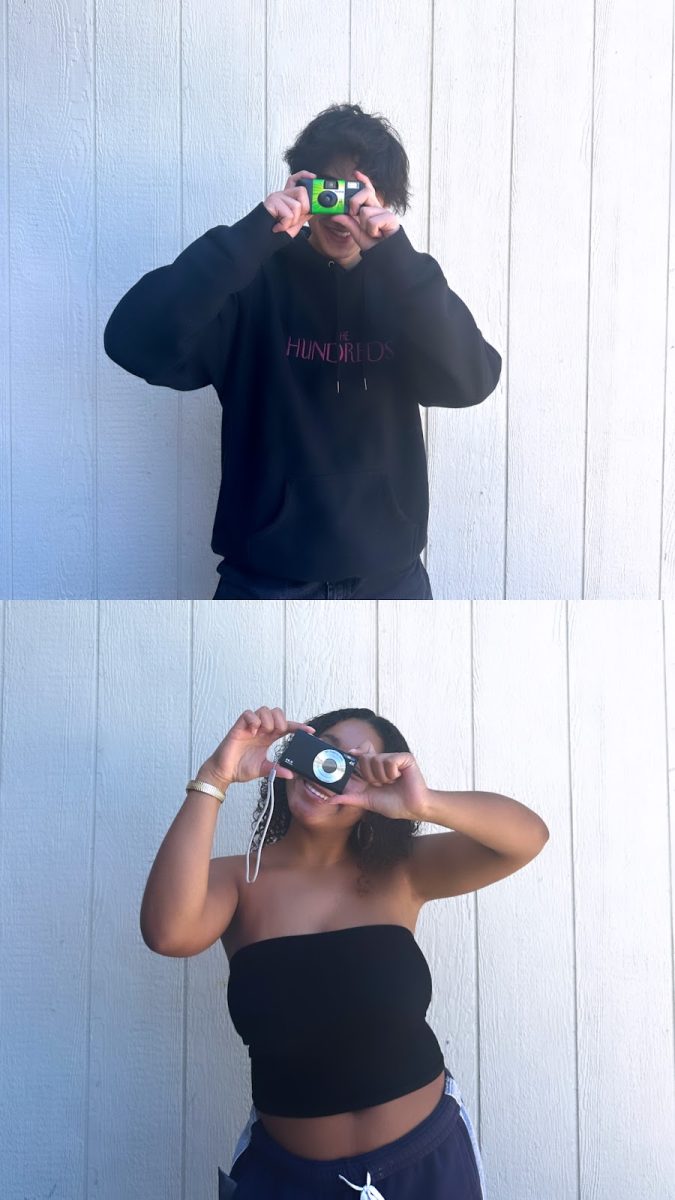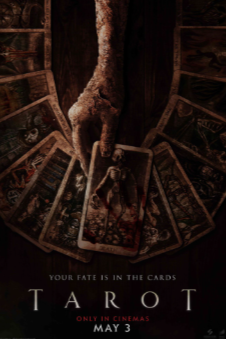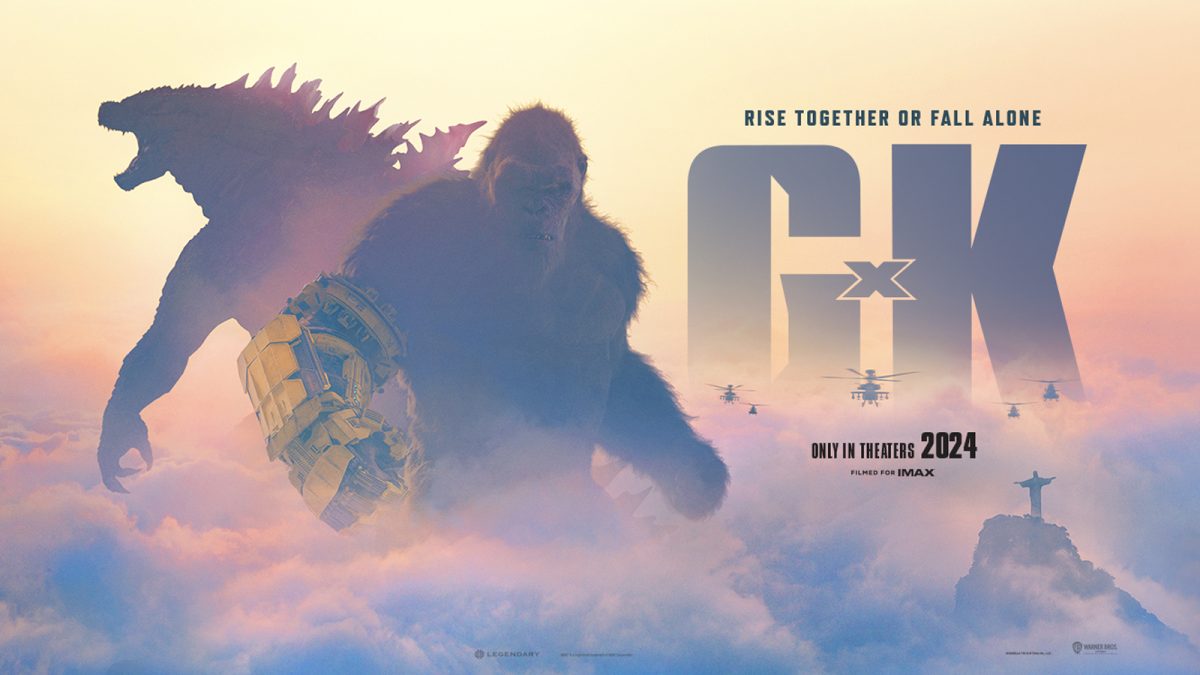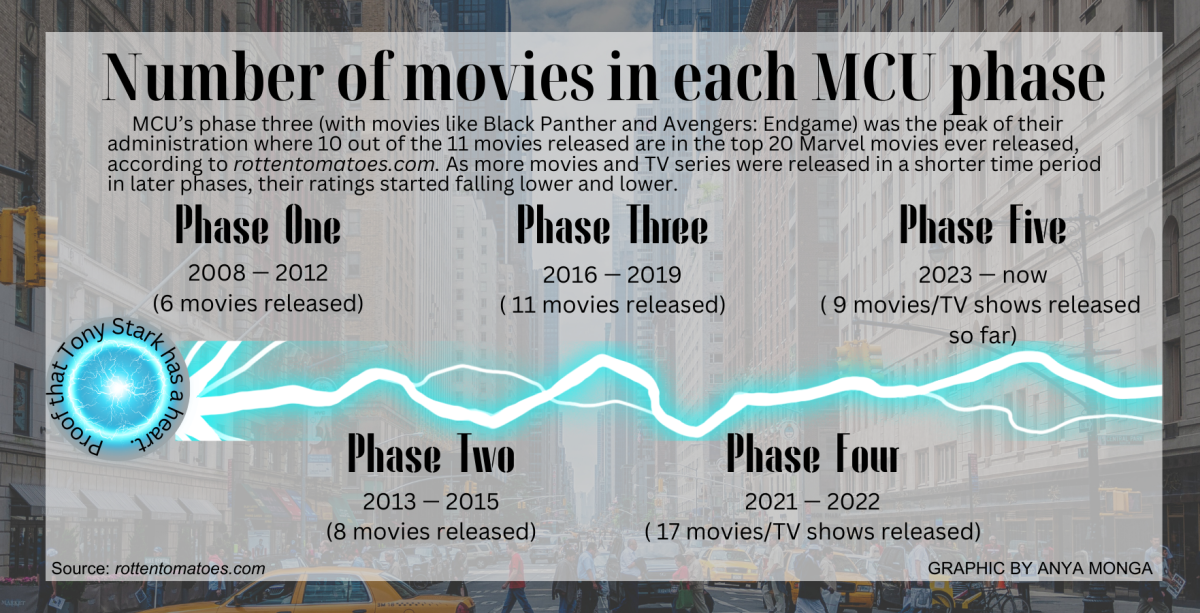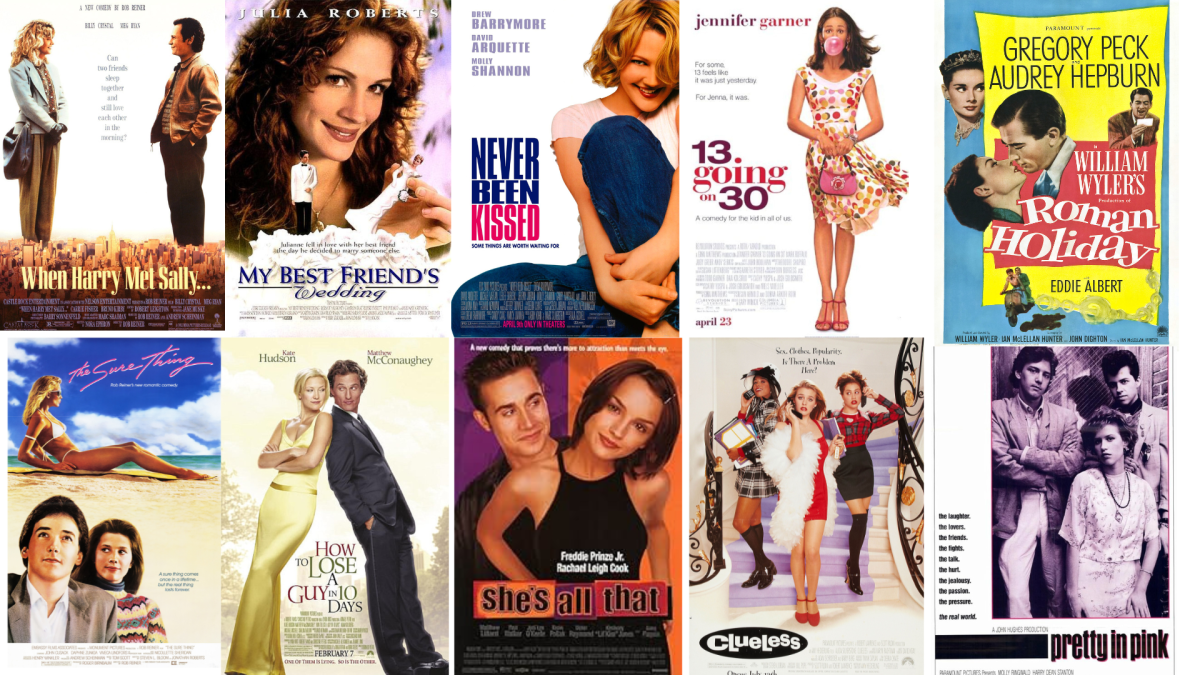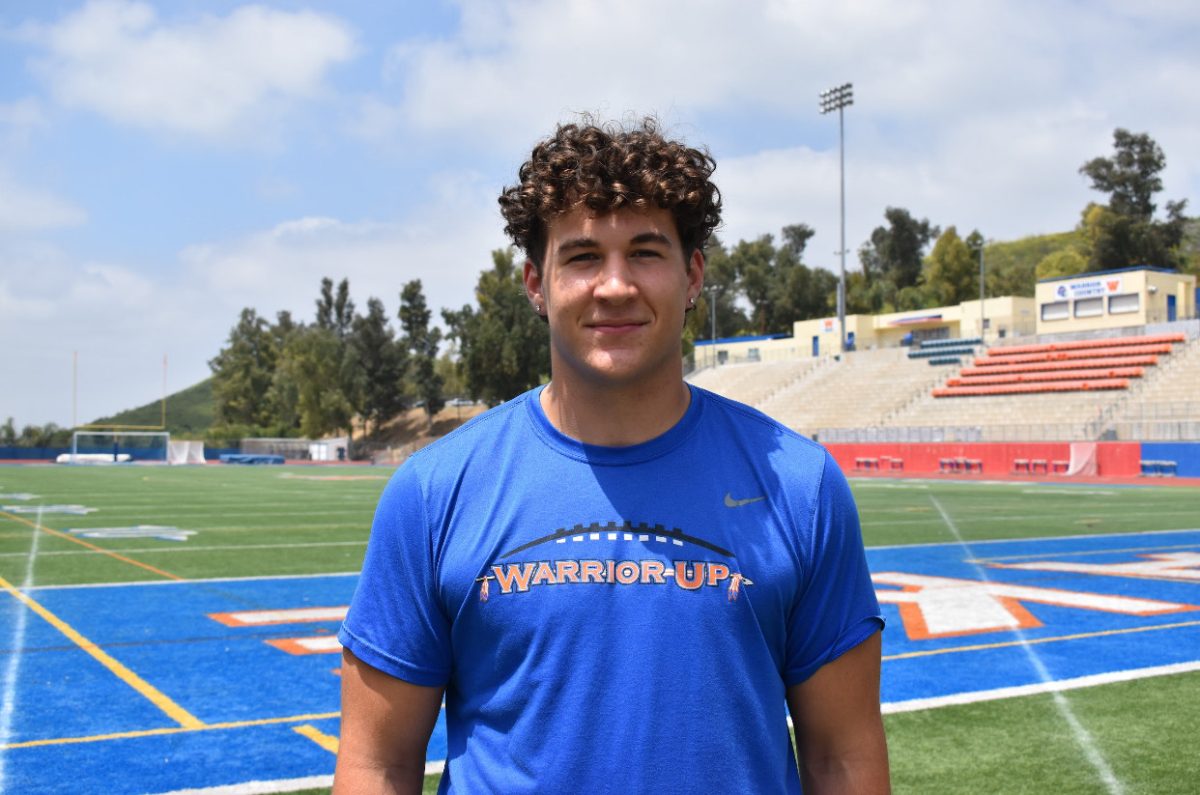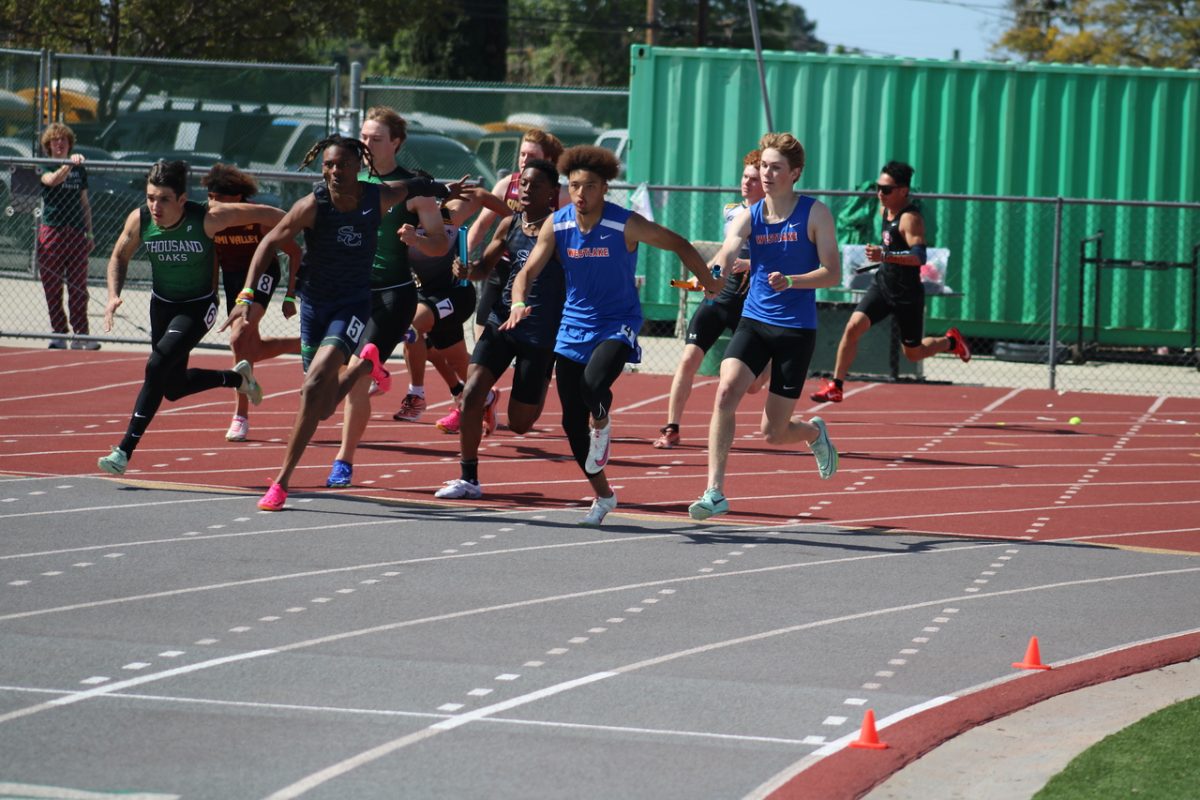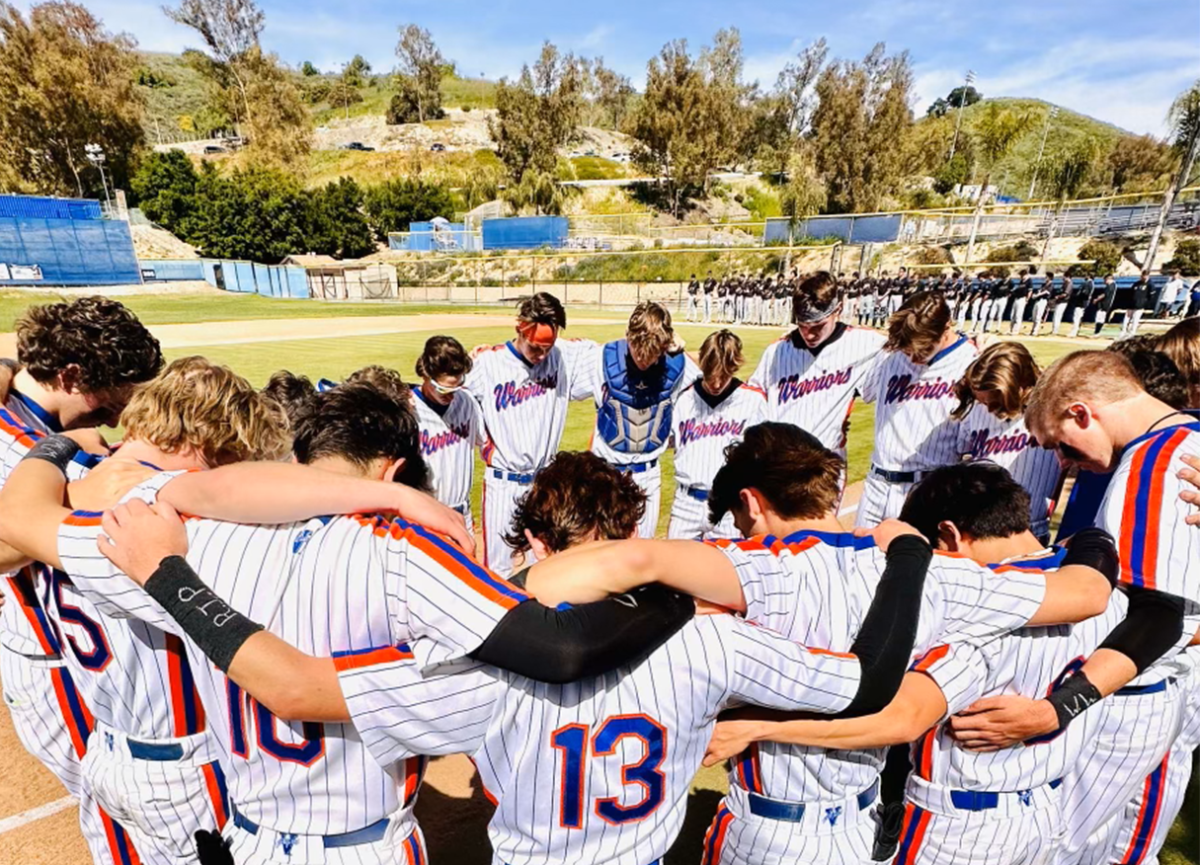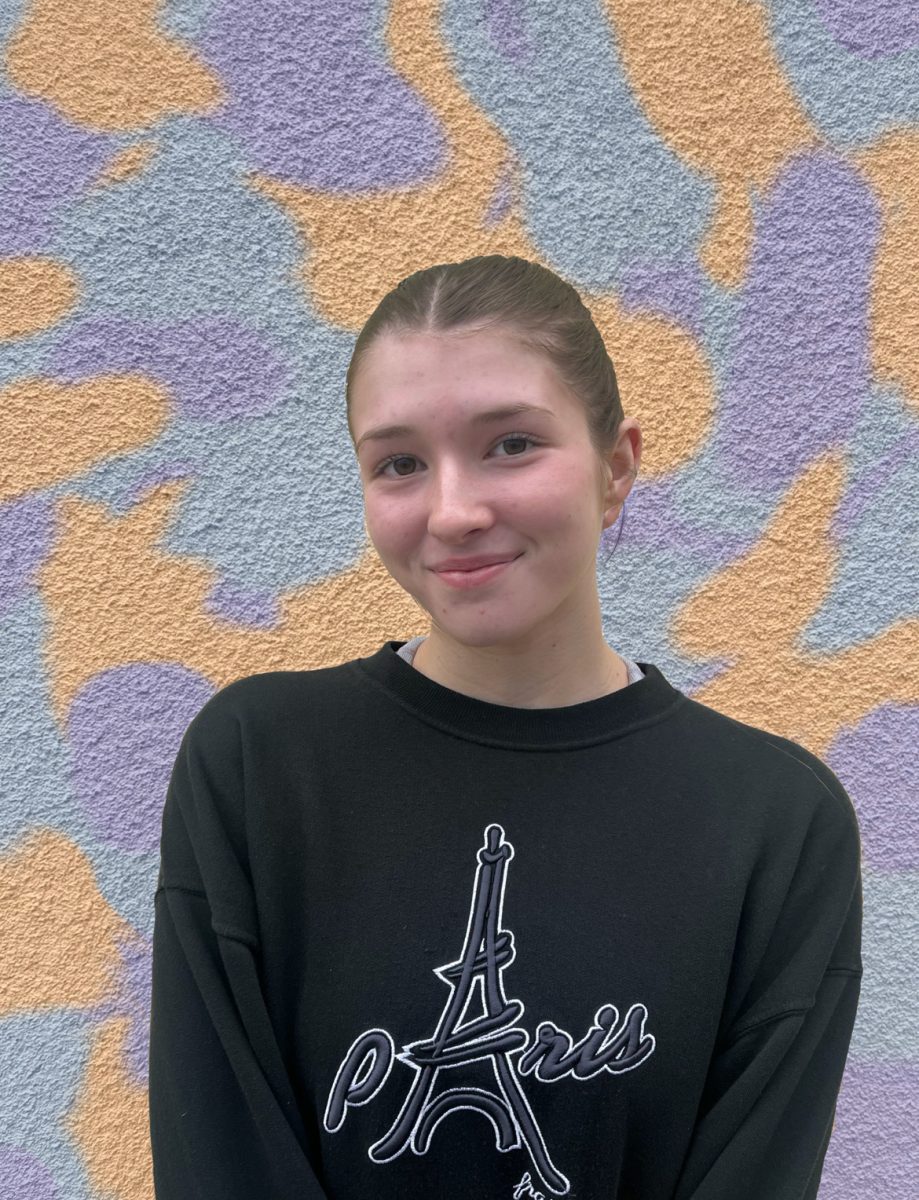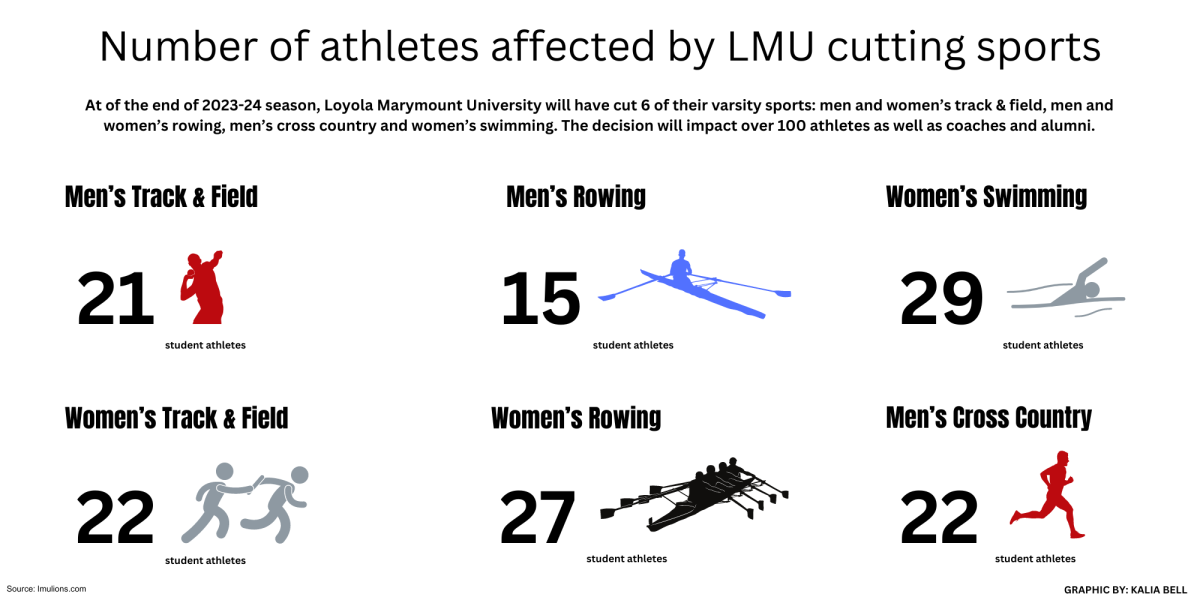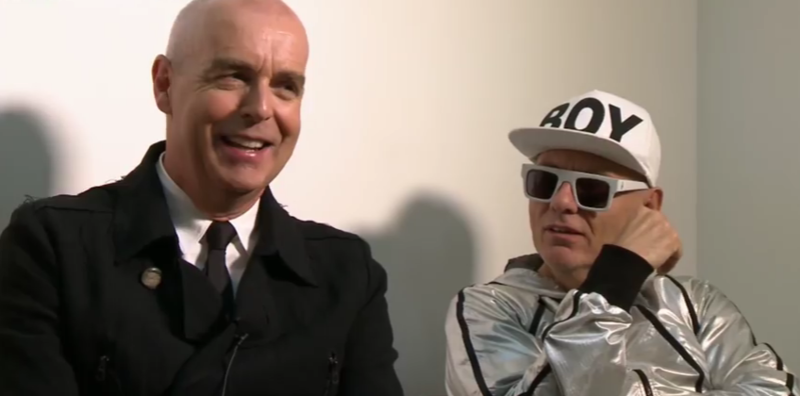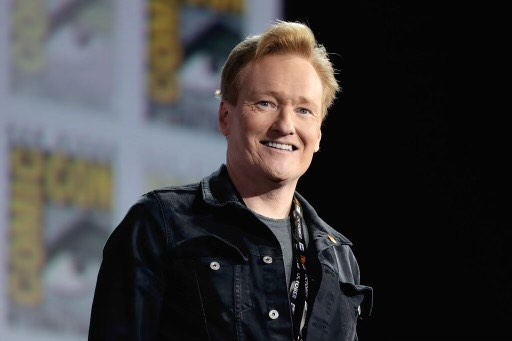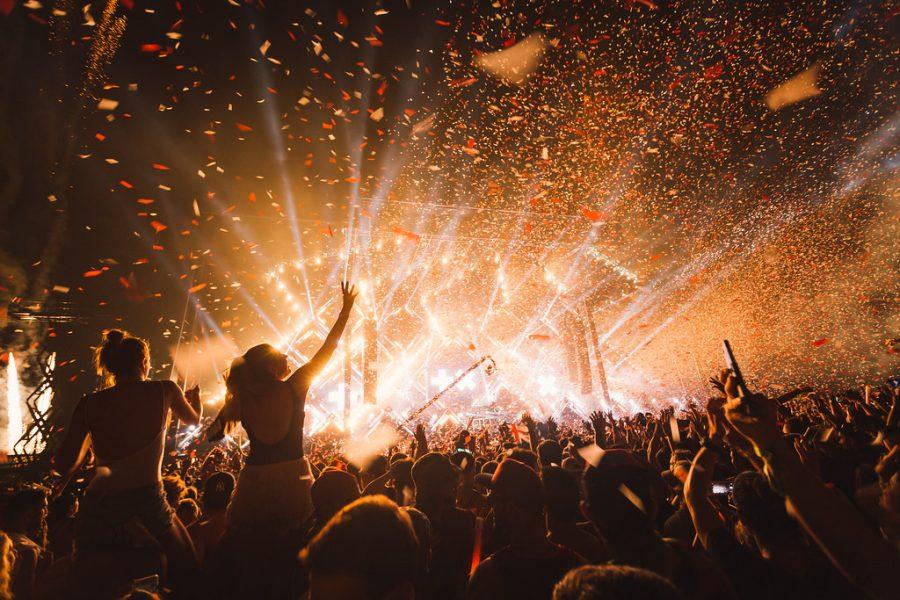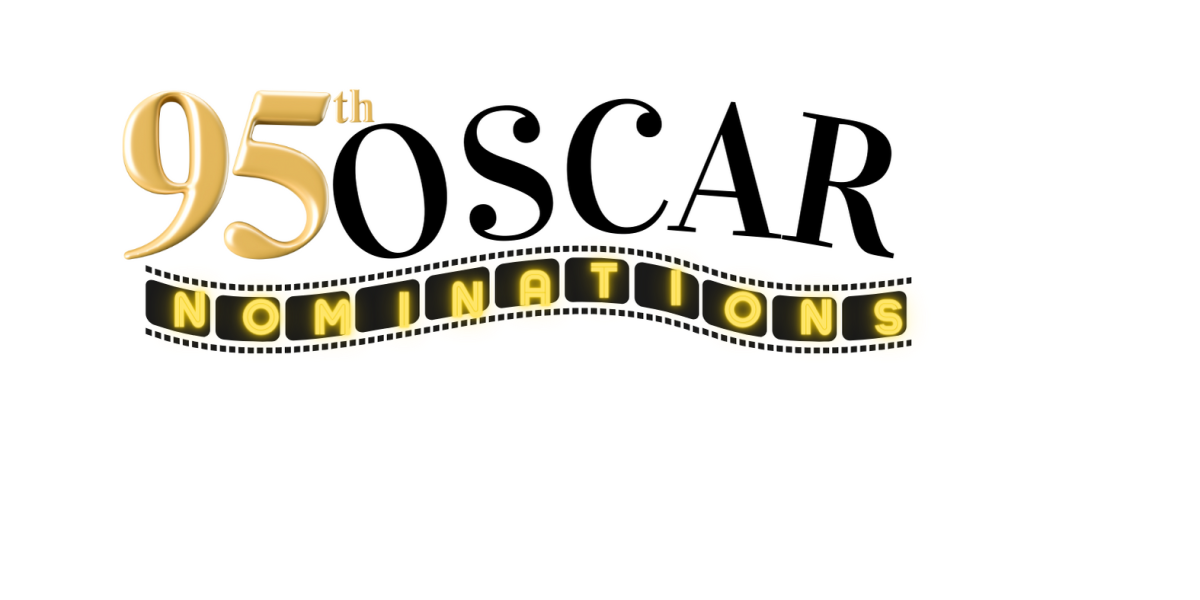Throughout the decades, music festivals have impacted people in all different types of ways. They mainly serve as a form of entertainment, but others see it as an experience they wouldn’t trade the world for. Outdoor music festivals have gained popularity as a popular way to experience the thrill of life.
“Music creates such a positive impact for people,” said Leah Marcus ‘20. “It brings them happiness and lets them feel different kinds of emotions.”
Music festivals date all the way back to Greece where the citizens participated in events in music, arts and sports. Music played a large role in influencing and creating meaning behind cultural festivals. It brought communities together as a result of the connection people find through music.
“They used to be more of a communion of culture,” says Carlos Chirinos, a professor of clinical music and global health at New York University in an interview with Time. “A group of people who were into the same type of music, they would come together. That was the driving force throughout the 1970s and 1980s until it became a profitable format.”
The roots of modern day music festivals also tie back to religion and classical music from the 18th century. Fans of classical music would gather at cathedrals in England and enjoy the pieces performed by Mozart and Beethoven. According to Vix, evangelists would travel to musical retreats known as camp meetings to camp out and bond over prayer and hymns during the Second Great Awakening.
The first music festival that was not an outcome or influenced by religion was the Newport Jazz Festival in Rhode Island which featured jazz artists like Billie Holiday. As this created a sense of freedom, culture and enjoyment, music festivals became a trend. Rock music and EDM festivals followed after the Newport Jazz Festival with the objective of allowing people to celebrate energy and escape from reality for a while.
The Woodstock music festival of 1969 was a disastrous event filled with violence and even attendees setting fires in the field. This set a bad reputation for music festivals, lowering the appeal to the public.
Although these festivals were the first of many, one festival was remarkable enough to carry on its legacy and become one of the world’s largest music festivals. Lollapalooza, which began in 1991, takes place in the United States, Chile, Brazil, Argentina, France, Germany and Sweden, reaching all ends of the world by spreading love through music. Lollapalooza typically features extremely popular artists such as Ariana Grande and Post Malone along with less well-known artists like Rex Orange County and Wallows.
Once the fear of music festivals due to Woodstock decreased and the success of Lollapalooza started to show, music festivals became a massive business. According to Time, music festivals have grown into a major moneymaker in a competitive industry that sees hundreds of such events each year in the U.S. within the last decade.
“People are more likely now to spend money on experiences over material goods,” said Chirinos. “Brands have gravitated toward festivals, looking to capitalize on the opportunities that one large group in a singular space presents.”
Besides Lollapalooza, the infamous Coachella started back in 1999. While only around 25,000 tickets were sold for a field with a 250,000 capacity, it was still impressive that tickets were sold. Coachella was cancelled the next year but revived in 2001, and the festival has been taking place annually since then.
“I had an amazing experience at Coachella all three years,” said Marcus. “I love the fact that you are able to see so many amazing singers and bands play rather than just one.”
Dressing up for music festivals has also been a key aspect of the whole experience. Whether it be an EDM rave or country music festival, a unique outfit makes for perfect photos to share on social media.
“I like dressing up for Coachella and making up a cool outfit to wear [for] all three days,” said Marcus. “The atmosphere is so chill, [making] Coachella very photogenic.”
Coachella targets a young age group, encouraging attendees to indulge in the hippie, indie culture there. Other music festivals target a specific race’s culture to give attendees a sense of belonging and tradition. Head In The Clouds, hosted by 88rising, is a music festival that typically takes place during the summer that features mainly Asian artists and Asian eateries.
“My experience at Head In The Clouds was great,” said Daniel Kim ‘22. “This festival definitely brought all the Asians together and [created] an atmosphere that I never felt before. It gave me a feeling of welcomeness and acceptance for being who I am.”
No matter how long music festivals date back to, they all served the same purpose in bringing people together. Music festivals celebrate cultures and uniqueness of the world.
“Having a [place] where people come together and enjoy all different kinds of music is the reason [festivals] they exist,” said Marcus.
